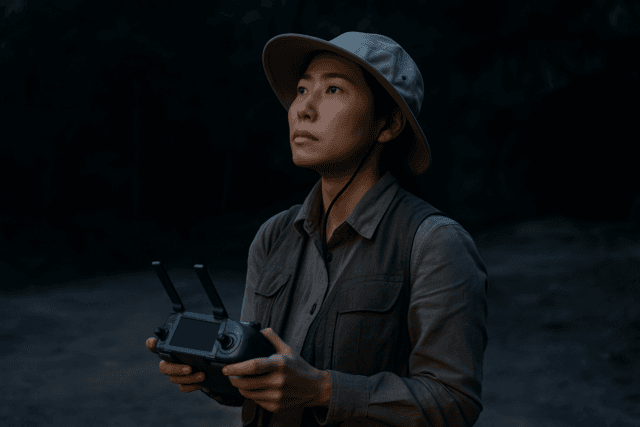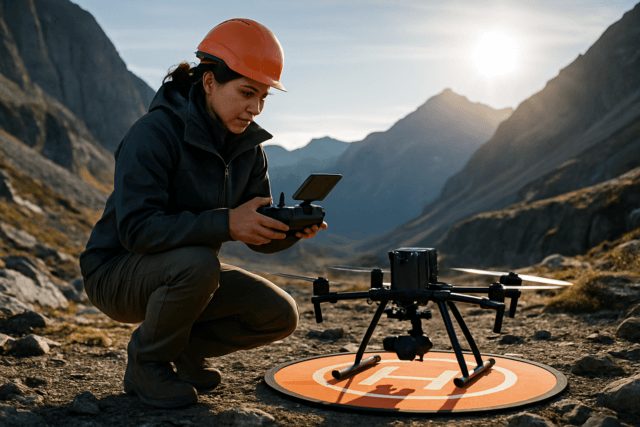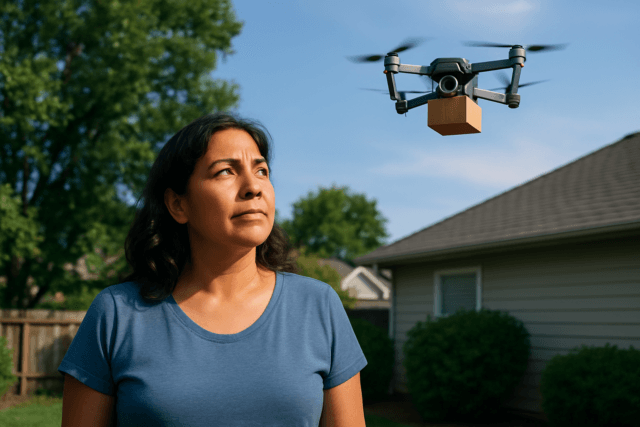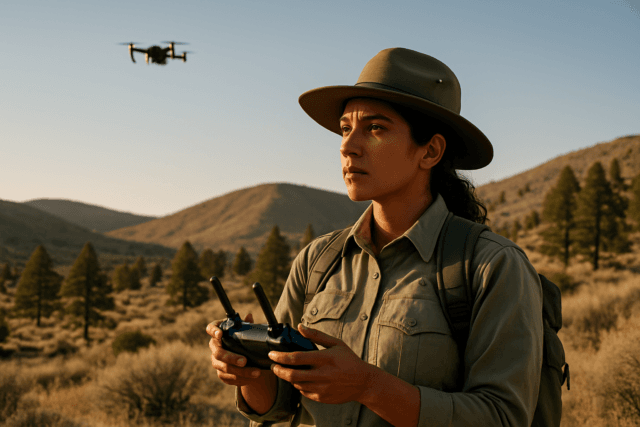The dazzling spectacle of drone light shows, the dynamic aerial shots capturing live events, and the innovative use of Unmanned Aerial Systems (UAS) in public entertainment are transforming how we experience leisure and media. However, beneath the captivating displays lies a complex web of legal requirements designed to ensure public safety, protect privacy, and manage airspace. Operators looking to use drones for entertainment in public spaces must navigate these regulations diligently, as rules vary significantly by region and the nature of the operation.
The Rise of Entertainment Drones and Regulatory Challenges
Drones have rapidly transitioned from niche hobbyist gadgets to sophisticated tools integral to the entertainment industry. They offer unique perspectives for filming movies, television shows, commercials, and live events, and are increasingly featured in choreographed light displays at festivals, sporting events, and corporate launches. This surge in popularity also brings inherent risks, particularly when operating over crowds or in busy public areas. A single malfunction can lead to injuries, property damage, show cancellations, and significant financial and reputational fallout. Consequently, regulatory bodies worldwide have established frameworks to govern these operations, ensuring safety without stifling innovation.
Key Regulatory Bodies and Frameworks
Navigating drone operations for entertainment requires a thorough understanding of the applicable aviation authorities. The primary regulatory bodies include:
Federal Aviation Administration (FAA) in the United States
In the U.S., commercial drone operations, including those for entertainment, are primarily governed by FAA Part 107 regulations. Anyone flying a drone for work or business needs a Part 107 Remote Pilot Certificate.
Key FAA Part 107 requirements for commercial operators include:
- Remote Pilot Certificate: Operators must be at least 16 years old, be able to read, write, speak, and understand English, be in a physical and mental condition to safely fly a UAS, and pass the Unmanned Aircraft General (UAG) knowledge test.
- Drone Registration: All drones weighing over 0.55 pounds (250 grams) used for commercial purposes must be registered with the FAA, and the registration number must be displayed on the drone.
- Visual Line of Sight (VLOS): The drone must remain within the visual line of sight of the remote pilot in command or a visual observer at all times.
- Altitude Restrictions: Drones must generally be flown at or below 400 feet above ground level (AGL).
- Airspace Authorization: Operations in controlled airspace (Class B, C, D, and E) require prior authorization from the FAA, often obtained through LAANC (Low Altitude Authorization and Notification Capability) or DroneZone.
- Operations Over People and Moving Vehicles: While generally prohibited, the FAA introduced new rules in April 2021 (Part 107 Subpart D) that allow routine operations over people and moving vehicles under specific conditions, without a waiver, if the drone meets certain weight and safety requirements (Categories 1, 2, or 3). For instance, Category 1 drones must weigh 0.55 pounds or less and have no exposed rotating parts that could cause lacerations. Operations over open-air assemblies of people are generally restricted.
- Night Operations: Permitted under Part 107 if the remote pilot completes updated training and the drone is equipped with anti-collision lights visible for at least three statute miles.
- Remote ID: As of 2024, most drones used for commercial purposes must broadcast their identification information.
European Union Aviation Safety Agency (EASA) in Europe
EASA establishes common rules and standards for civil aviation safety across EU Member States, including drones since 2018. These regulations classify drone operations into “Open,” “Specific,” and “Certified” categories based on risk. Entertainment drone operations, especially large-scale drone shows, typically fall under the “Specific” category due to the medium risk involved.
Key EASA requirements include:
- Operator Registration: Registration of drone operators and certified drones became mandatory as of December 31, 2020, for drones weighing over 250 grams or equipped with a camera.
- Pilot Competency: Pilots must obtain certifications appropriate for their category of operation. For the “Specific” category (which swarm flights often fall into), operators must receive a permit and pilots need “open category” and “specific category” certification.
- Operational Authorization: Operations in the “specific” category require authorization from the National Aviation Authority (NAA) after a risk assessment, often using the SORA (Specific Operation Risk Assessment) method.
- Operations Over People: Generally, flying over uninvolved people in the “Open” category is restricted. Exceptions exist for very light drones (under 250g) or those with specific C-class identification labels (C0 or C1). For C-class 2 drones, a lateral distance from uninvolved people not less than the height of the drone (1:1 rule) and never closer than 30 meters horizontally is required. Drones with C-class 3 and 4 marks must keep 150 meters from urban areas and at least 30 meters from crowds.
- Geographical Zones: EASA Member States must make information on geographical zones (geo-awareness) available in a digital format.
- Remote Identification: As of 2024, all drones in specific categories are required to operate with a remote identification system.
Civil Aviation Authority (CAA) in the UK
The UK’s CAA also has comprehensive rules for drone operations, especially for commercial purposes and events. Anyone flying a drone for paid work in the UK must have approval from the CAA and hold appropriate insurance.
Key CAA requirements include:
- Commercial Operation Permission: Previously known as a “Permission for Commercial Operation” (PfCO), the current framework requires operators flying for commercial gain to hold the necessary certifications and permissions relevant to the operational category (Open or Specific).
- Pilot ID and Operator ID: Depending on the drone’s weight and operational category, pilots may need to complete online tests to obtain a Flyer ID or Operator ID.
- Distance from People and Crowds: Drones generally cannot be flown within 50 meters of uninvolved people. Never fly over people who are crowded together, regardless of drone size. A crowd is defined as any group of people who cannot move away quickly. For large crowds (more than 1000 people), drones must be kept at least 150 meters away. For groups of less than 1000 people, if they are under the pilot’s control and have consented to the flight, the 150m rule may be waived, allowing closer operation (e.g., 50 meters), but specific permissions may be required.
- Landowner Permission: Drone pilots require permission from the landowner to take off from and land on their property.
- Altitude and VLOS: Drones must maintain visual line of sight and generally not fly higher than 120 meters (400 feet).
Common Legal Requirements for Entertainment Drone Operations
Beyond the specific national regulations, several requirements are consistently enforced across jurisdictions for entertainment drone use in public spaces:
Pilot Licensing and Certification
For any commercial drone operation, including entertainment, a proper pilot license or certification is almost universally required. This ensures the pilot has the necessary knowledge of aviation rules, airspace classifications, and safe operating procedures.
Drone Registration
Most regulatory bodies mandate the registration of drones, especially those weighing over 250 grams or used for commercial purposes. This aids in accountability and tracking.
Airspace Authorizations and Waivers
Operating in controlled airspace (e.g., near airports) or conducting operations that deviate from standard rules (like flying at night or over people/moving vehicles) often requires specific authorization or waivers from the relevant aviation authority.
Restrictions on Operations Over People and Crowds
This is one of the most critical and highly regulated aspects of entertainment drone operations. Flying directly over uninvolved people or large crowds is generally prohibited or severely restricted due to the safety risks. Specific categories of drones or operational authorizations are often required to mitigate these risks. Event organizers and drone operators must prioritize public safety.
Privacy Considerations
While recording in public spaces is often permissible, drone operators must be mindful of privacy laws. Flying too close to individuals or peeping into private areas where there is an expectation of privacy is illegal. Ethical considerations also suggest avoiding recording people without their knowledge or consent, even if legally permitted.
Insurance Requirements
Comprehensive drone insurance is a non-negotiable requirement for commercial and entertainment drone operations, especially at public events. This specialized commercial UAV coverage protects against liability for bodily injury, property damage, equipment loss, and legal costs. Event venues often require a minimum of $1 million in liability coverage and may need to be listed as an “Additional Insured” on the policy.
Local Regulations and Site-Specific Permissions
Beyond national aviation laws, local jurisdictions (states, counties, cities, park authorities, event organizers, and landowners) may have additional restrictions on drone operations. This can include prohibitions on taking off or landing within city limits, restrictions in public parks, or specific requirements for event permits. Always check with local authorities and the event venue for any additional rules or permissions.
Conclusion
Operating drones for entertainment in public spaces is an exciting and growing field, but it demands meticulous adherence to legal requirements. From obtaining the correct pilot certifications and registering drones to understanding airspace restrictions, limitations on flying over people, and securing robust insurance, every step must be taken to ensure safety and compliance. By prioritizing thorough planning, staying informed about evolving regulations, and obtaining all necessary permissions, drone operators can continue to push the boundaries of aerial entertainment responsibly and legally.





